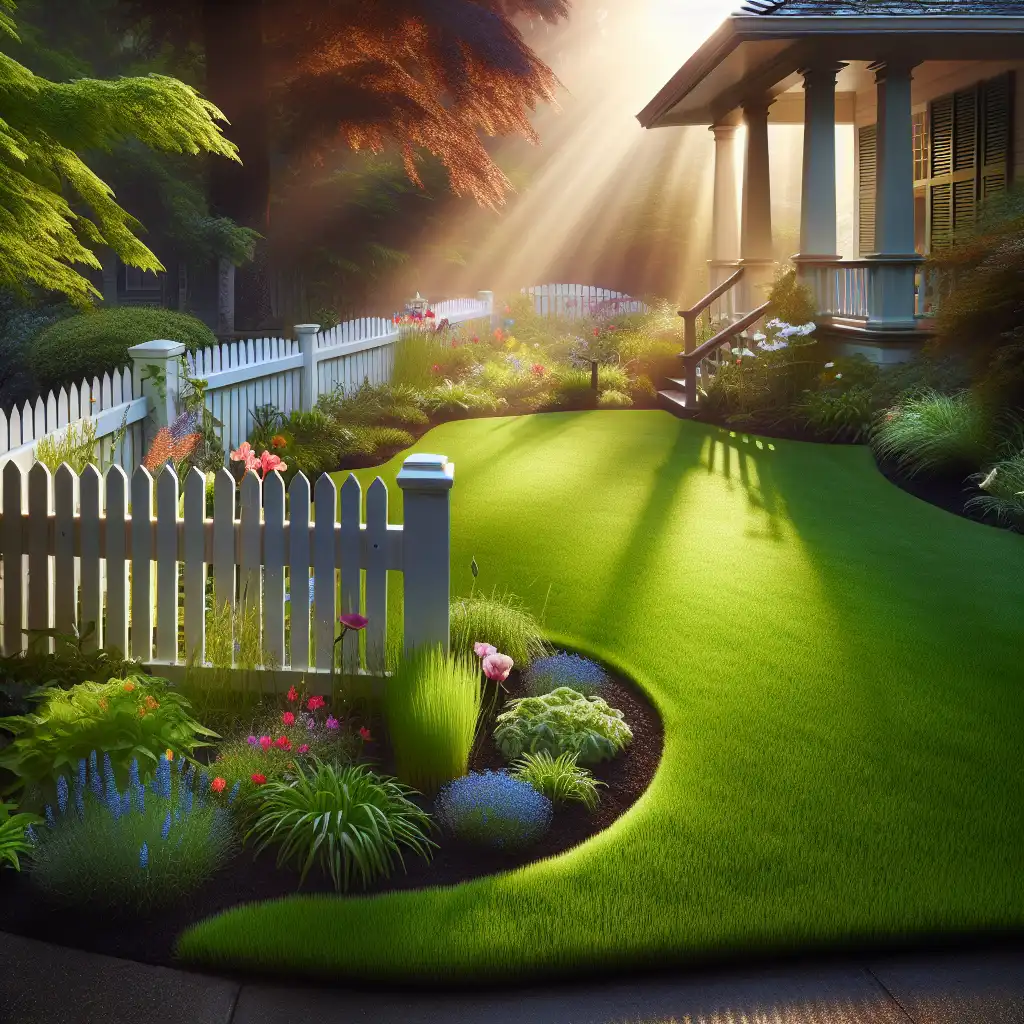
Bluegrass
Botanical Blue
Bluegrass is not actually blue; it's named for the blueish-purple buds that appear in spring.  Despite its name, the bluegrass in her yard had a vibrant green hue.
Despite its name, the bluegrass in her yard had a vibrant green hue.
Lawn Choice
When people talk about bluegrass in gardening, they're often discussing the ideal type of grass for their lawn.  I need to buy some bluegrass seeds for my front lawn renovation.
I need to buy some bluegrass seeds for my front lawn renovation.
Rooted in Place
Bluegrass in gardening oftentimes refers to the Kentucky variety, known for its use in temperate climates.  Kentucky bluegrass might not grow well in this tropical climate.
Kentucky bluegrass might not grow well in this tropical climate.